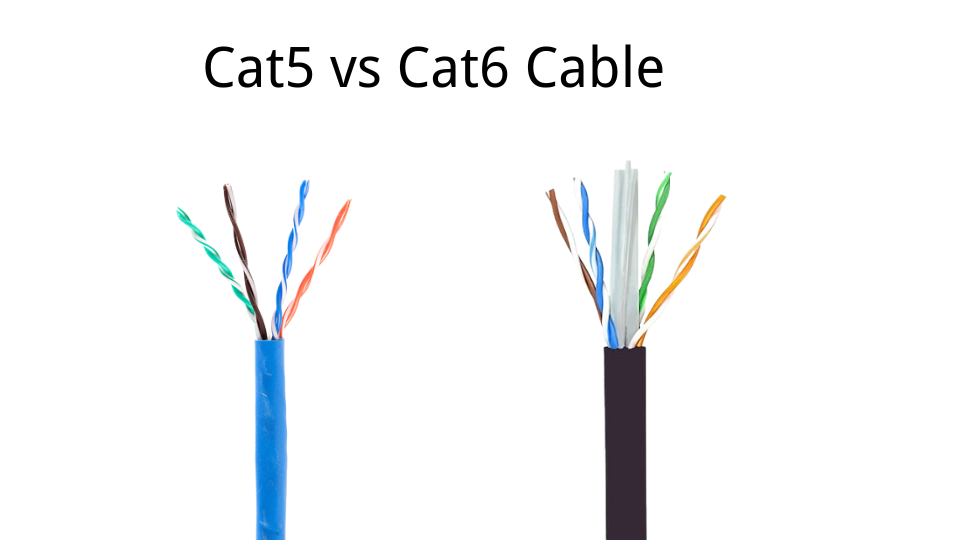Confused about which Ethernet cable to choose? Cat5 and Cat6 look alike, but they’re different inside and out.
Cat5e handles up to 1 Gbps at 100 MHz, enough for basic use. Cat6 supports up to 10 Gbps at 250 MHz and cuts down on interference, ensuring faster and more stable performance.
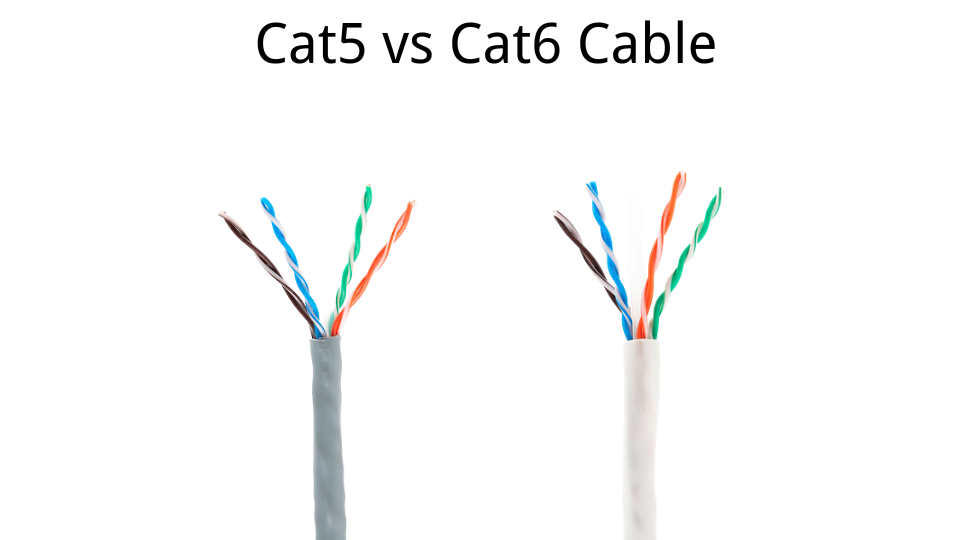
The technology world can be complicated, but don’t stop reading! Next, I’ll explain what each cable does.
What is Category 5 Cable?
Cat5 cables were once the go-to for connecting to the internet. They’re cheap but not as good as the new cables.
Cat5e cables can handle speeds up to 1 Gbps at 100 MHz. They work fine for simple internet stuff, but they won’t be as good in the future.
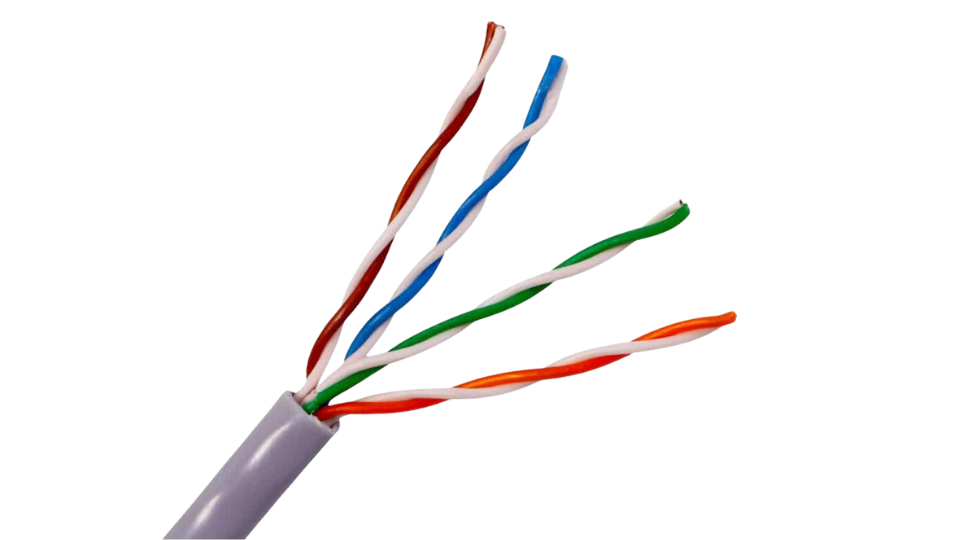
How It’s Made and How It Works
The Cat5 cable is made of four pairs of twisted copper wires[1], which help lessen the interference[2]. There are limits if you want to do things that need a lot of bandwidth[3].
| Feature | Cat5 | Cat5e |
|---|---|---|
| Max Speed | 100 Mbps | 1 Gbps |
| Bandwidth | 100 MHz | 100 MHz |
| Noise | higher | Reduced |
Cat5e (enhanced) does a better job of reducing noise, so it can handle gigabit speeds. Both are not shielded, so outside noise can easily affect them.
Common Uses
- Using the internet at home for normal browsing.
- Old office setups where they don’t move a lot of data.
Cat5e[4] is the least you should use if you stream videos or play games. You should get Cat6[5] for best performance. I remember when I upgraded my home office, the difference between Cat5e and Cat6 was night and day!
What is Cat6?
Cat6 cables are the best if you want fast internet. They are faster and have better noise protection than Cat5.
Cat6 cables can handle speeds up to 10 Gbps with a bandwidth of 250 MHz. They also have better shielding to cut down on noise, great for demanding uses.
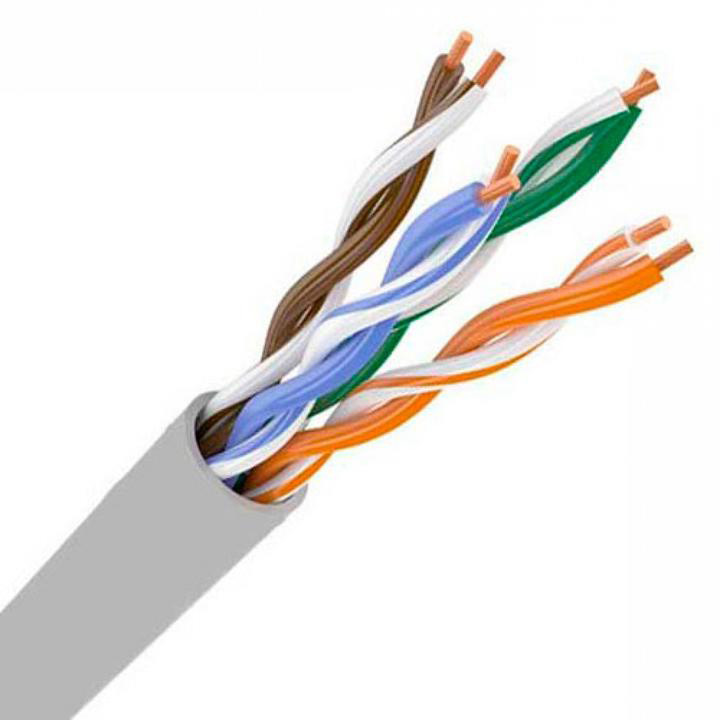
Better Than Cat5
The Cat6 is made to fix the things that aren’t so good about Cat5:
| Feature | Cat6 | Cat5e |
|---|---|---|
| Max Speed | 10 Gbps | 1 Gbps |
| Bandwidth | 250 MHz | 100 MHz |
| Shielding | Optional | None |
- Tighter twists: Reduces EMI (electromagnetic interference).
- Plastic Shielding: Some Cat6 cables have a plastic piece to keep the pairs apart.
Good Uses
- Data centers and server rooms.
- Streaming video in 4K or moving big files.
- Making your home network ready for the future.
Cat6a is even better at 500 MHz, but Cat6 is good enough for most regular people. I always recommend going with Cat6 if you’re setting up a new network. It’s worth the investment!
Should I Run CAT5 or CAT6 in My House?
What you pick depends on what you need now and what you might need later. Saving money now might cause problems later.
Cat6 is worth the extra money for most homes. It’s faster, has less lag, and can handle upgrades like smart home gadgets.
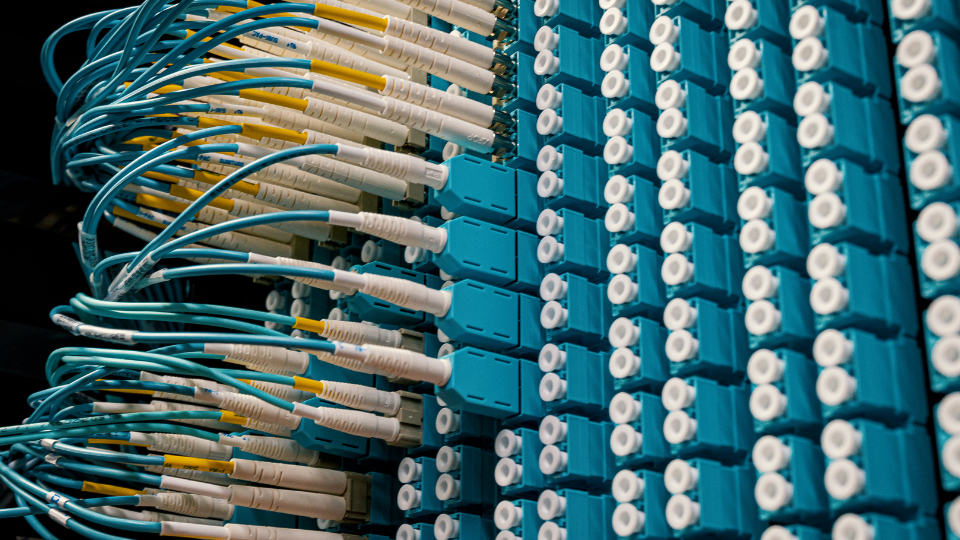
Money vs. How Good It Is
| Factor | Cat5e | Cat6 |
|---|---|---|
| Cost | Less | 20-30% Higher |
| Life Span | 5-8 Years | 10+ Years |
| Worth Later | Not Much | Higher |
When to Pick Cat5e:
- If you don’t have much money.
- Just using the internet and watching videos.
When to Pick Cat6:
- Smart homes with many gadgets.
- Playing games online or watching 4K videos.
- Planning to sell the house (new wires are good).
How to Install
- Use Cat6 for the main parts (like from the router to the switch).
- Use Cat5e for things that don’t need as much (like thermostats).
Is Cat 6 Cables Faster Than Cat 5?
Speed is the main reason to buy Cat6. But how much faster is it?
Cat6 can handle 10 Gbps up to 55 meters (Cat5e can only do 1 Gbps). So, Cat6 is 10x faster for things that need a lot of bandwidth over short distances.
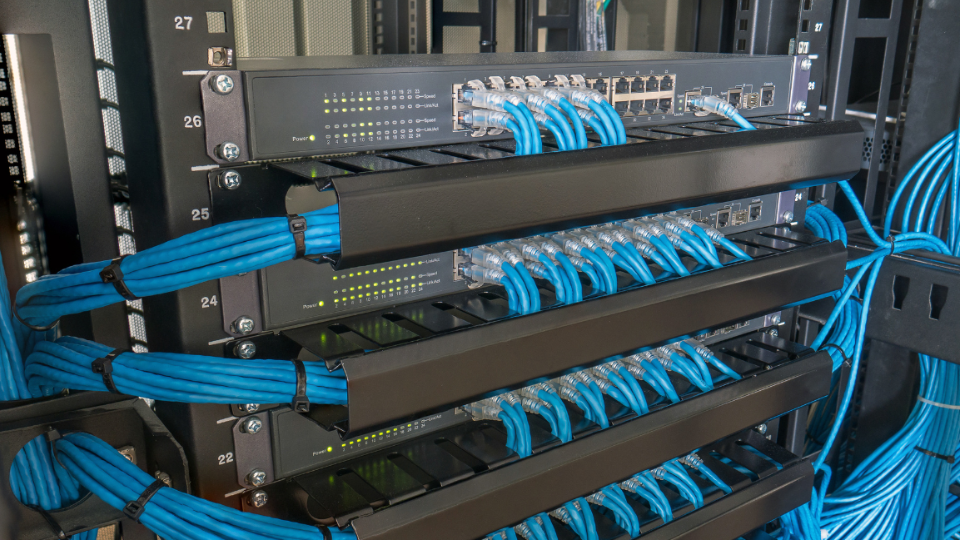
How Fast in Real Life
| Task | Cat5e | Cat6 |
|---|---|---|
| Move File (1GB) | ~20 seconds | ~2 seconds |
| Game Lag | 5-10 ms | 1-3 ms |
| 4K Videos | May Buffer | Plays Smooth |
Things to Know:
- Cat6 drops to 1 Gbps after 55 meters unless you use Cat6a.
- You need devices that can handle the speeds (routers, switches).
When Speed Is Important
- Video calls with many people.
- Backing up to a NAS (Network Attached Storage[6]).
How Does a CAT5 Cable and a CAT6 Cable Differ?
Besides speed, Cat5 and Cat6 are different inside and out, which changes how well they work.
Cat6 cables have thicker copper wires, tighter twists, and sometimes shielding to reduce noise. Cat5 is simpler.
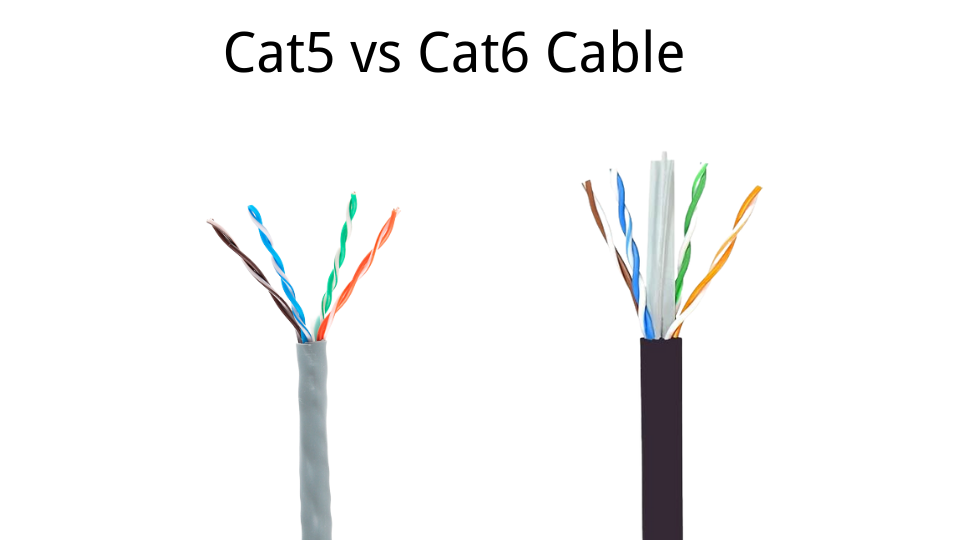
Inside and Out
| Things to Look At | Cat5/Cat5e | Cat6 |
|---|---|---|
| Wire Size | 24-26 AWG | 22-23 AWG |
| Twist Rate | ~3 twists/inch | ~4+ twists/inch |
| Shielding | No Shielding | UTP or STP |
Why This Matters:
- Thicker Wires: Less resistance for a better signal.
- Tighter Twists: Less noise between the wires.
Can They Work Together?
- Both use RJ45 plugs[7].
- Cat6 can work with Cat5 devices, but it won’t make them faster. I learned this the hard way when I tried using a Cat6 cable with an old router – no speed boost!
Conclusion
Pick Cat6 for fast, reliable internet in the future. If you just need basic internet, Cat5e is okay. Think about what you need and spend your money wisely.
[1]: Discover the benefits of twisted copper wires in reducing interference and improving signal integrity.
[2]: Learn about the impact of interference on network performance and how to mitigate it for better connectivity.
[3]: Understanding bandwidth is crucial for optimizing your internet connection; explore this resource for detailed insights.
[4]: Explore this link to understand the specifications and uses of Cat5e cables, which are essential for basic internet needs.
[5]: Learn about Cat6 cables, their advantages, and why they are recommended for high-speed internet and future-proofing your network.
[6]: Explore the concept of NAS and how it can enhance your data storage and backup solutions.
[7]: Understand the role of RJ45 plugs in Ethernet connections and their compatibility with different cable types.

